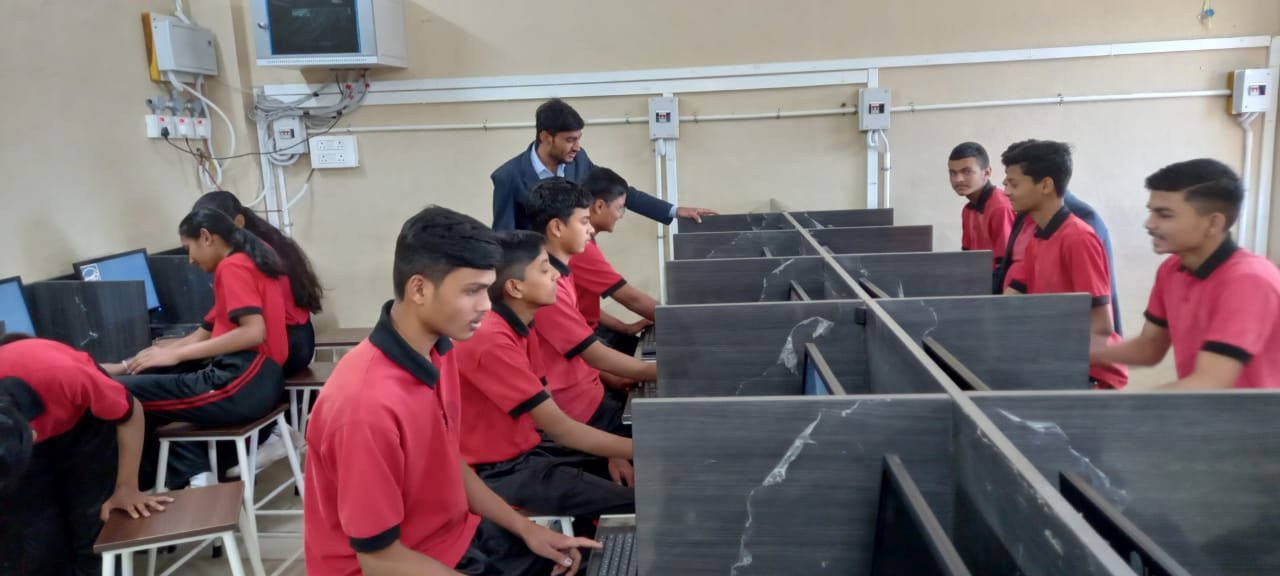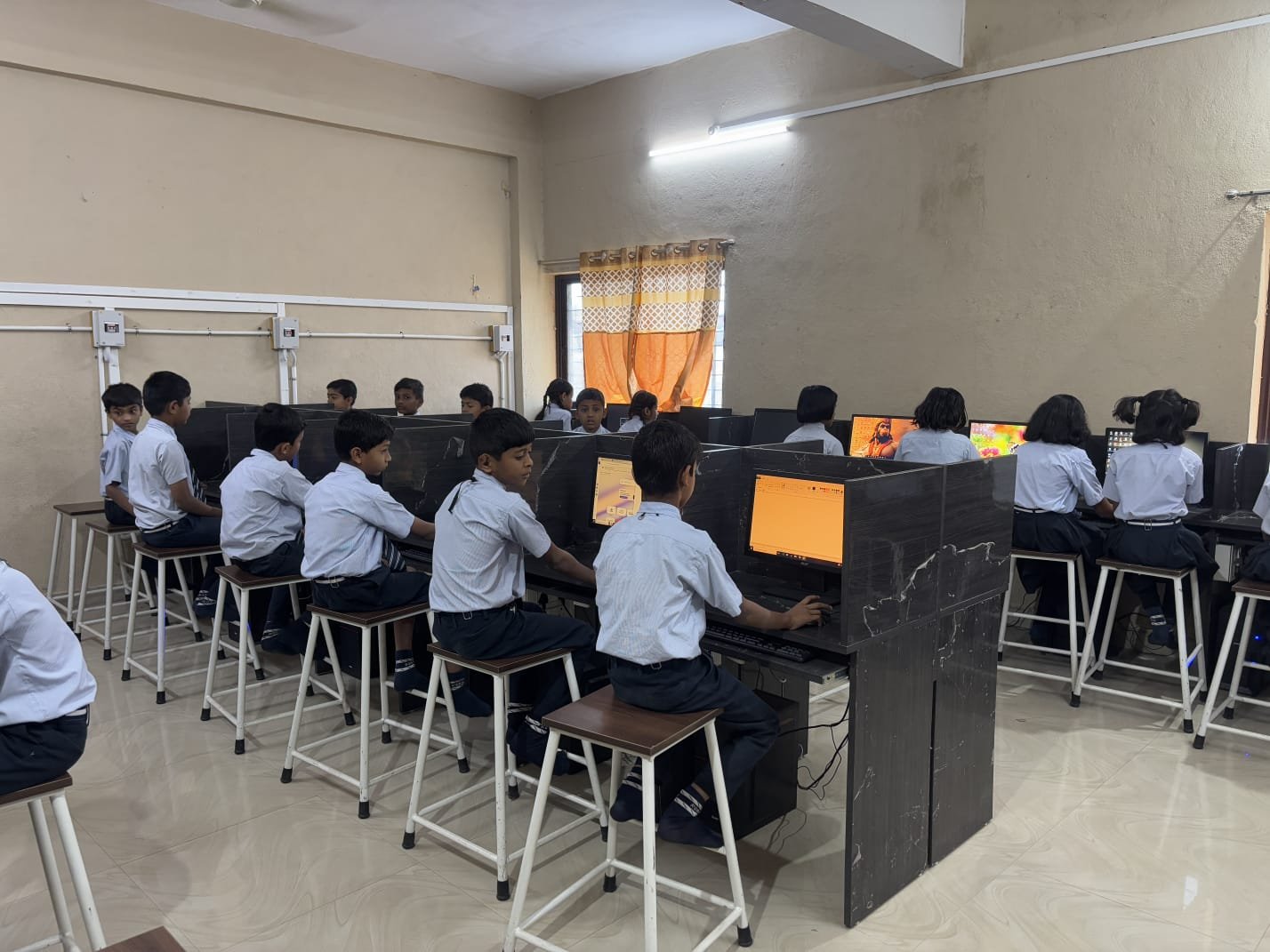Computer Education in Our School
Computer education is an essential part of the curriculum at our school, aimed at preparing students for the digital world. We believe that learning computer skills from an early age helps students develop logical thinking, problem-solving abilities, and technological awareness. Our well-equipped computer lab provides access to modern systems, internet connectivity, and educational software tailored to different grade levels.
Under the guidance of skilled computer teachers, students learn the fundamentals of computer operations, typing, Microsoft Office tools, coding, internet safety, and multimedia applications. Advanced classes also introduce students to programming languages, web design, and basic graphic editing.
Regular computer periods, practical sessions, and digital projects ensure hands-on learning and active engagement. Students are encouraged to take part in IT quizzes, coding challenges, and tech-based exhibitions to showcase their knowledge and creativity. Through our computer education program, we aim to build digital confidence and prepare our students for future academic and career opportunities in a technology-driven world.
Purpose
A computer lab is a dedicated space equipped with computers and other related technology.
It’s typically used for:
- Teaching computer science or IT-related courses
- Internet research
- Software training (e.g., MS Office, AutoCAD, Photoshop)
- Programming practice
- Online assessments or exams
Common Facilities
- Desktop Computers: Usually equipped with modern hardware and essential software.
- High-speed Internet: Wired or wireless internet access.
- Printers & Scanners: Often available for student or staff use.
- Projector/Smart Board: For instructional purposes.
- Headphones or Microphones: For multimedia learning or virtual meetings.
- Software Typically Available
- Office suites (e.g., Microsoft Office, LibreOffice)
- Programming tools (e.g., Python, Java, C++)
- Design and media tools (e.g., Adobe Photoshop, Illustrator)
- Web browsers (Chrome, Firefox, etc.)
- Educational software specific to the curriculum
Computer activities in school help students develop essential digital skills for the modern world. These activities include learning to type, using educational software, practicing coding with simple programs like Scratch or Python, and creating documents or presentations using tools such as Microsoft Word and PowerPoint. Students also explore internet research techniques and learn about online safety. Through hands-on experience, computer activities encourage problem-solving, creativity, and independent learning, making technology an exciting and valuable part of the school curriculum.



